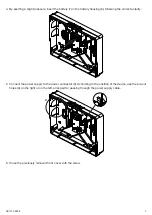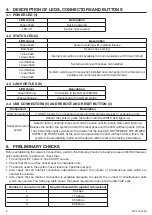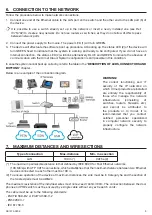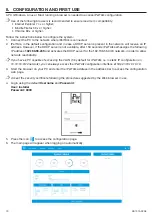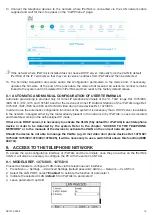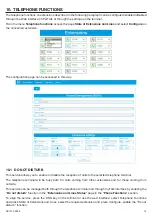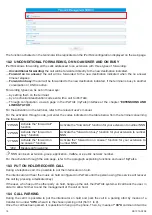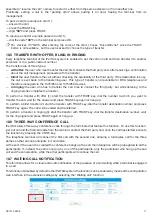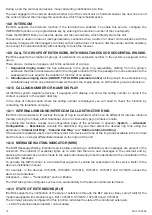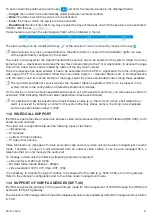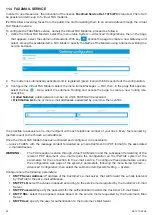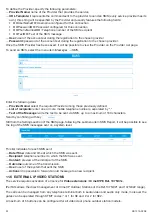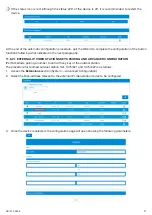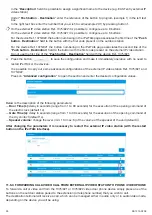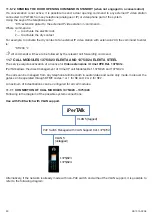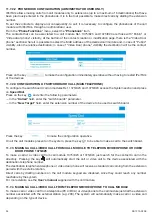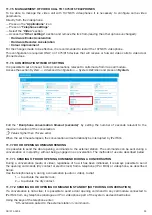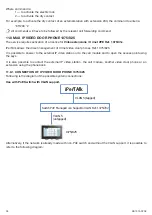
21
DS1375-020E
To set an Alarm/Appointment press the key
and enter the required values in the displayed fields:
—
Target:
the number to be automatically called (internal or external number).
—
Date:
the date on which the service is to be activated.
—
Time:
the time at which the service is to be activated.
—
Repetitions:
None (single call), Every day or select the days of the week on which the service is to be activated.
Confirm with the key
.
If parameters are correct, the alarm/appointment will be indicated in the list.
The alarm setting can be modified with key
or the set alarm can be removed by means of the key .
Users will view only their own appointments, the administrator or users with Administrator rights can view
all the appointments configured in the system.
The music to be played for the Appointments/Alarms service has to be entered in the system: follow the menu
items System
→
Applications and press the key files corresponding to the P.O.A. Application, to access the page
from which a new music can be loaded by means of the key music upload.
Once the message has been entered, it has to be associated with the P.O.A. Application: from the configuration
web page of the P.O.A. Application: follow the menu items System
→
Operator Station and, in correspondence
with the alarm music item at the bottom of the page, select the previously loaded music among those available.
The Appointments/Alarms service requires the Operator Station application (P.O.A.) to be present in the
system. Refer to the configuration of default applications for details.
On the device on which an alarm/appointment has been set, at the set date and time, you will receive a call from
extension 1000 indicating that the set alarm/appointment has been activated.
It is possible to make the telephone terminals display a name (e.g. “Alarm clock”) when a call related to an
alarm is received by entering a contact in the system directory whose name is the string to be displayed
and whose associated number is 1000.
11.2 VIDEO CALL SUPPORT
iPerTAlk supports the video call service between video terminals according to the SIP standard (RFC 3261), both
hardware and software.
The video call is supported between the following types of terminals:
— videophones;
— IP cameras;
— outdoor IP Video stations;
— IP video door phones.
Video terminals can manage both video and audio calls and every video call can be also managed just in audio
mode. Therefore, in case of a call generated from an outdoor video station, it can be also managed from a
telephone that can only manage the audio part.
To manage a video call, the following streaming features are required:
— video codecs: H.263 and H.264
— Bit Rate: Video bitrate 64kbps - 2Mbps
— video resolution: QCFI, CIF, VGA, 4CIF, 720p
It is necessary to indicate the type of codecs to be allowed for the calls (e.g.: h264, h263, etc.) in the gateway.
Refer to the extension configuration and to the video codec management mode.
11.3 SUPPORT OF VOIP FAX DEVICES (SIP T.38)
iPerTAlk supports the protocol T.38 in pass-through mode for the management of FAXES through line (FXO) and
extension (FXS) ATA gateway.
The devices for the management of line and analogue extensions are enabled by default to manage communication
in T.38.
Содержание iPerTAlk 1375
Страница 98: ...98 DS1375 020E...
Страница 99: ...99 DS1375 020E...

